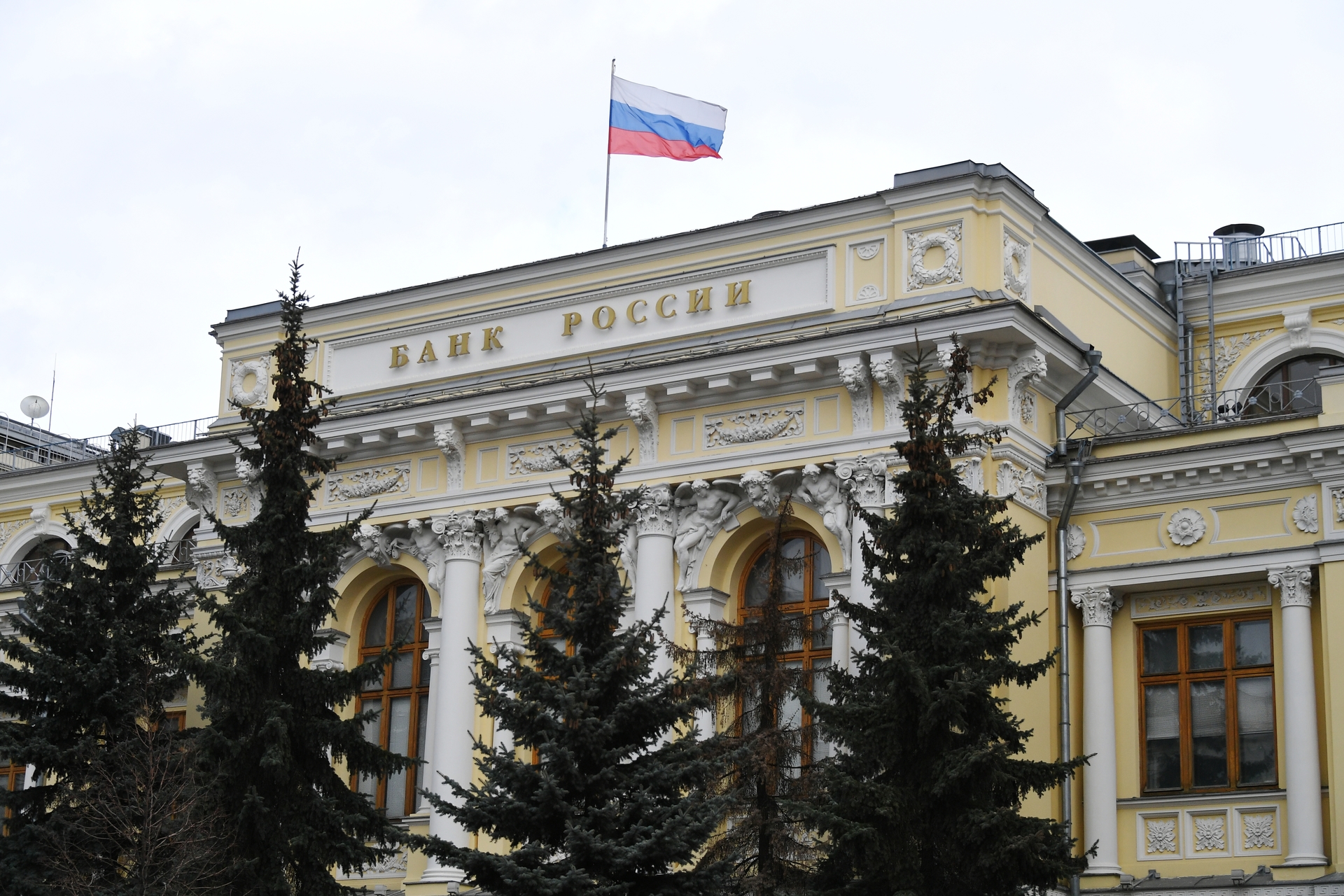On Thursday, May 21, the Russian currency showed a record gain on the Moscow Exchange. During the bidding, the dollar fell by 0.7% and for the first time since March 10 reached 70.7 rubles. At the same time, the euro depreciated by 0.6% to 77.6 rubles. The last time a similar indicator could be observed on March 6.
The official exchange rate of the Central Bank on May 22 is set at 70.9 rubles per dollar and 77.8 rubles per euro.
National currency confidently rises in price for the fourth day in a row. So, from the beginning of the week, the dollar fell by almost 3 rubles, and the euro - by 2 rubles.
Experts explain the positive dynamics by a noticeable increase in oil prices. Over the past week, the cost of raw materials of the Brent benchmark brand has grown by 25% and for the first time since mid-March it has been trading above $ 36 per barrel. At the same time, according to the latest data from the analytical agency Argus, on May 19 quotations of oil of the Russian grade Urals rose to the level of $ 33-34 per barrel.
The market responds positively to the restoration of global demand for energy resources. According to analysts, the gradual lifting of quarantine restrictions in different countries should eventually lead to an increase in fuel consumption. At the same time, the largest states - hydrocarbon exporters are actively reducing oil production and thereby additionally support quotes. Also, investors positively received news about a decrease in US oil reserves.
“As stated by the US Department of Energy, over the week, stocks of raw materials in the country fell by 5 million barrels. Such data eased investors' panic over oversupply and full filling of oil storage facilities, ”explained Artyom Deev, head of the AMarkets analytical department, to RT.
Moreover, as the expert believes, an additional factor in the appreciation of the ruble was the approximation of the tax period. Traditionally, at this time, demand for the Russian currency begins to grow.
“Russian exporters sell foreign currency on the open market and buy rubles to pay large taxes, the peak of which will fall at the beginning of next week. That is when Russian companies will pay mineral extraction tax, ”said Deev.
The Russian currency is also supported by the actions of the Bank of Russia. About this told RT analyst Alor Broker Alexei Antonov. To stabilize the ruble exchange rate, on March 10, the Central Bank began proactive sale of foreign currency on the domestic market. Thus, the regulator artificially increases the demand for rubles. In total, over the past time, the volume of sales of foreign currency amounted to 637.6 billion rubles.
- RIA News
- © Maxim Blinov
An influx of investments in Russian securities also plays in favor of the ruble. Investors positively assess the recovery of the Russian economy and begin to actively buy ruble assets. This conclusion was reached by experts at the American Institute of International Finance (IIF).
“In the past few weeks, Russian assets have shown good results, as the country is perceived as a kind of“ safe harbor ”. Apparently, investors, having dumped assets earlier in this year in all developing markets, are now returning to the country. Russia is well prepared for external financial shocks due to significant macroeconomic buffers, in particular reserves, ”the IIF study says.
Against the backdrop of growing foreign investment on Thursday, Russia's Government Bonds Index (RGBI) has updated another historic high. The indicator grew by 0.05% and for the first time since the observation (since 2002) reached 157.56 points.
As explained by RT, BCS Premier economist Anton Pokatovich, investors are attracted by reliable financial guarantees of Russia and the opportunity to get higher profits than in the US and Europe. At the same time, a decrease in the key rate by the Central Bank over time will make investments in federal loan bonds (OFZ) less profitable, therefore market players are trying to pre-purchase securities at a bargain price.
“The day before, the Ministry of Finance placed a record one-day volume of securities at OFZ auctions - almost 170 billion rubles. Given the Central Bank’s ability to further reduce interest rates, as well as increase loans in the domestic market, Russian debt securities may still rise in price. So, the influx of non-residents into the federal loan bonds may increase, which will support the ruble exchange rate, ”Pokatovich said.
According to the expert, in the near future the dollar will fluctuate in the range of 70-73 rubles, and the euro - near 77-79 rubles. At the same time, Alexey Antonov does not exclude a more noticeable strengthening of the national currency. According to him, in many respects the further dynamics of the course will depend on the situation with the pandemic and oil prices.
“As oil prices rise to $ 40 per barrel and above, as well as the stabilization of the situation with COVID-19 in the near future, the dollar may test the level of 67 rubles. Meanwhile, in the case of a slowdown in the recovery of the world economy or the emergence of a second wave of coronavirus, we can see new fluctuations. Therefore, in the long term, we forecast the dollar exchange rate in a wide corridor of 67-73 rubles, and the euro - at the level of 78-84 rubles, ”Antonov concluded.

